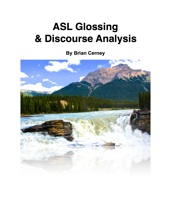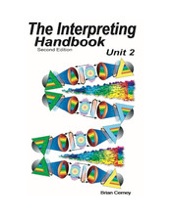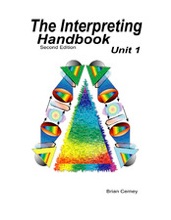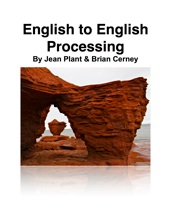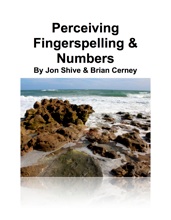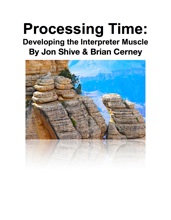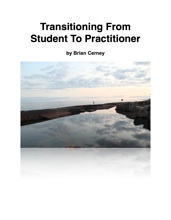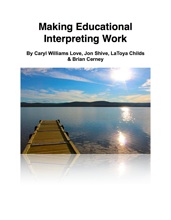The Diabetic Owners Manual - How to Keep Your Machine Running (Free on iTunes)
by Charles Cerney, M.D
This book is designed to take the mystery out of the problem and put control of the disease in your hands. I firmly believe that if you can read this, you are smart enough to learn to be your own diabetologist.
Once you’ve read this booklet and if I’ve convinced you that you can take control, show it to your medical advisor. If they say, “It’s all bologna.” then believe them and follow their advice. You are too important to be pulled in two directions.






